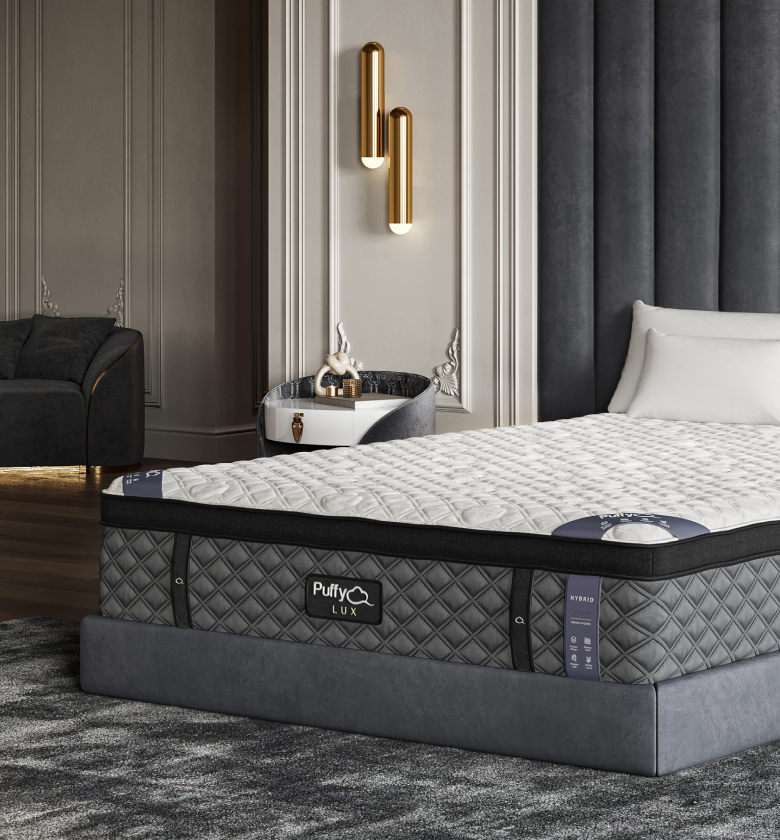Defining Microsleep
Microsleep refers to short, unintended episodes of unconsciousness or failure to respond to sensory information. It typically occurs when a person is fighting sleep, experiencing sleep deprivation, or during monotonous tasks. Microsleep can be particularly dangerous as it often happens without a person realizing, making activities like driving or operating machinery extremely risky.
How Long Does Microsleep Last?
Episodes of microsleep can last anywhere from a fraction of a second to 30 seconds. Some researchers suggest they can last up to a few minutes in severe cases, but these occurrences are usually classified as sleep attacks or lapses rather than microsleep.
Microsleep Warning Signs

Microsleep, due to its fleeting and unexpected nature, can be hard to recognize. The experience often feels like zoning out or daydreaming. However, several physical and cognitive signs may indicate an episode of microsleep:
- Frequent Blinking: This is one of the first signs. Your eyelids may feel heavy, and you may blink more than usual to try and stay awake.
- Difficulty Keeping Eyes Open: This is another early indicator of microsleep. You might find it hard to keep your eyes open, even if you're engaged in an activity.
- Head Nodding: Often seen in people fighting off sleep, the head will involuntarily drop and then suddenly jerk back up.
- Difficulty Maintaining a Conversation: You may lose track of a conversation, forget what was said, or miss details.
- Memory Lapses: Not remembering the last few minutes or seconds is a significant sign of microsleep.
- Drifting from Your Lane While Driving: This is one of the most dangerous signs and often the reason why microsleep is a critical concern for drivers.
- Delayed Response to Unexpected Situations: Your reaction time may slow down, and you might respond late or not at all to changes in your environment.
Recognizing these signs is the first step towards preventing potential accidents or mistakes caused by microsleep.
What Causes Microsleep?

Several factors can lead to the onset of microsleep. Understanding these contributing factors can be crucial for prevention:
- Sleep Deprivation: This is the most common cause. When the body doesn't get enough sleep, it can involuntarily slip into brief periods of sleep.
- Monotonous Tasks: Engaging in monotonous, repetitive tasks can lead to mental fatigue, which in turn can induce microsleep.
- Certain Medications: Some medications, especially those with sedative effects, can trigger episodes of microsleep.
- Untreated Sleep Disorders: Conditions like sleep apnea or narcolepsy can cause microsleep if they're not properly managed.
- Extended Periods of Wakefulness: Staying awake for 24 hours or longer can increase the likelihood of experiencing microsleep.
These causes aren't exhaustive, and other less common factors can also contribute to microsleep.
What are the Dangers of Microsleep?
If you’re falling asleep on your couch during a Netflix marathon, microsleep can be completely harmless. But these short bursts of sleep can be dangerous if you’re driving or operating heavy machinery. Microsleep is especially common while driving. In fact, the AAA Foundation for Traffic Safety estimated that around 16.5% of fatal crashes in the U.S. are caused by drowsy drivers.
In addition to risks associated with driving, judgment, and information processing.
How to Stop Microsleep

Preventing microsleep begins with addressing its underlying causes. Here are some strategies to minimize the likelihood of experiencing these unintentional sleep episodes:
- Maintain a Regular Sleep Schedule: Aim for 7-9 hours of quality sleep each night, and try to go to bed and wake up at the same time each day.
- Create a Comfortable Sleep Environment: Keep your bedroom dark, quiet, and at a comfortable temperature to promote better sleep.
- Ensure you have a high-quality mattress. An uncomfortable mattress can wreck your sleep cycle. To enjoy an uninterrupted night’s sleep, be sure to invest in the most comfortable mattress. A hybrid mattress is a great choice if you want the support of innerspring combined with the pressure-relieving properties of memory foam.
- Address Potential Sleep Disorders: If you suspect you have a sleep disorder like sleep apnea or narcolepsy, seek medical attention. Proper treatment can significantly reduce episodes of microsleep.
- Take Regular Breaks: If you're working on a monotonous task, take regular short breaks to rest your brain and refresh your focus.
- Stay Active: Regular physical activity can help you stay alert and reduce fatigue.
- Stay Hydrated: Dehydration can contribute to fatigue, so be sure to drink plenty of water throughout the day.
- Expose Yourself to Natural Light: Natural light can help regulate your sleep-wake cycle and improve alertness during the day.
Implementing these strategies can help reduce the frequency of microsleep episodes and keep you alert and safe, particularly during tasks that require constant attention.
Conclusion
Understanding what microsleep is and how it impacts our daily life is essential for ensuring personal safety and wellbeing. While it may seem like an innocuous event, the consequences of microsleep can be severe, particularly when it comes to activities that require constant attention, such as driving.
Recognizing the warning signs and taking proactive measures to prevent microsleep can help keep us safe and maintain our performance throughout the day.
If you experience daytime sleepiness frequently even after regulating your sleep schedule, consider consulting a medical professional to identify the underlying cause.
Check out Puffy mattress reviews from real customers and see how we compare with other brands.
Disclaimer. We love sleep and we want you to get the best sleep possible. But we do not provide medical advice. This blog is intended for informational purposes only. It is not a substitute for professional medical info, diagnosis, or treatment. Never ignore professional medical advice in seeking treatment because of something you have read on our blog.

- Award-Winning Comfort
- Lifetime Warranty
- 101-Night Sleep Trial
- Free Shipping in 1 - 2 Days
- Assembled in USA












